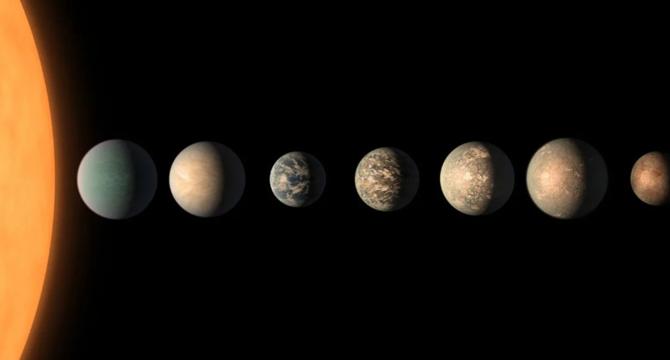Knowridge
2d
31

Image Credit: Knowridge
Finding a better way to distinguish life from non-life
- Searching for life on exoplanets involves analyzing their atmospheres for key chemical signals, beyond just oxygen.
- Scientists propose assessing the interplay of various chemicals in a planet's atmosphere to identify different forms of life.
- The authors advocate a chemical reaction network (CRN) approach to differentiate biotic and abiotic sources of gases.
- This approach involves simulating different Earth-like atmospheres to understand biosignature gases and their origins.
- Using a networking approach, they analyze the atmospheres of planets to determine the presence of life forms.
- The team uses Bayesian analysis to strengthen confidence in ruling out biological explanations based on network statistics.
- The CRN analysis enables the distinction between Earth-like and alien atmospheres, aiding in biosignature detection efforts.
- By studying atmospheric network properties, researchers aim to identify life forms and rule out anomalies in the search for habitable worlds.
- This systems approach provides insights into the presence of either single gases or complex chemical mixtures indicating life or technological civilization.
- The networking activity between atmospheric chemicals informs scientists about the underlying biosphere and technosphere of exoplanets.
Read Full Article
1 Like
For uninterrupted reading, download the app